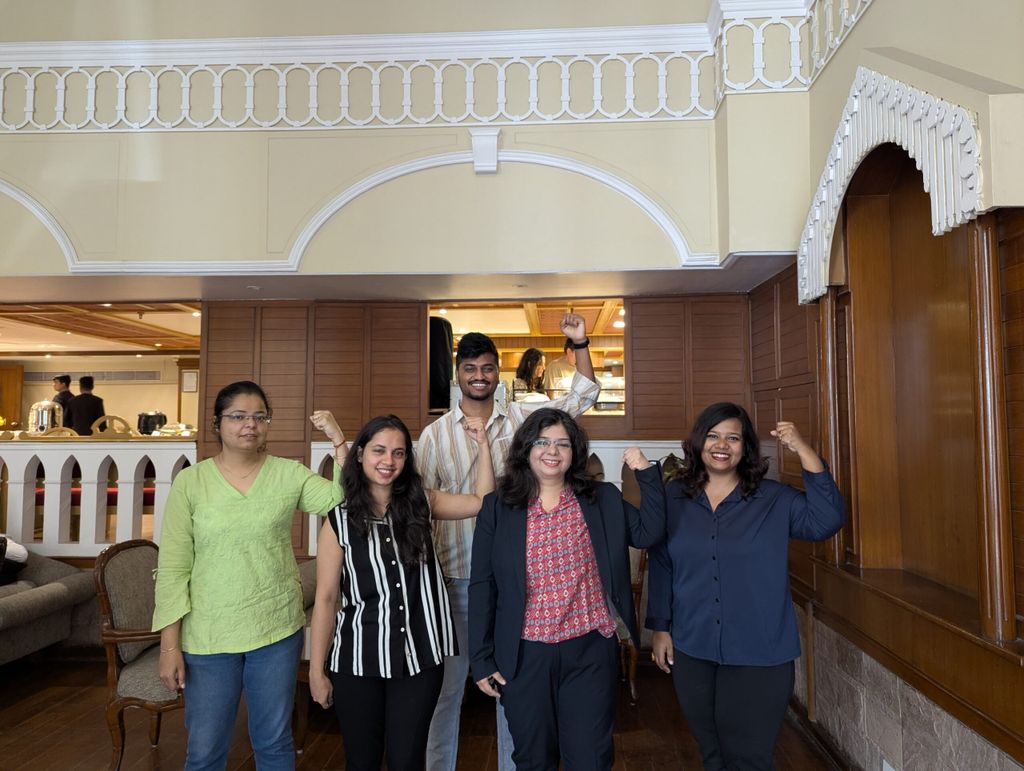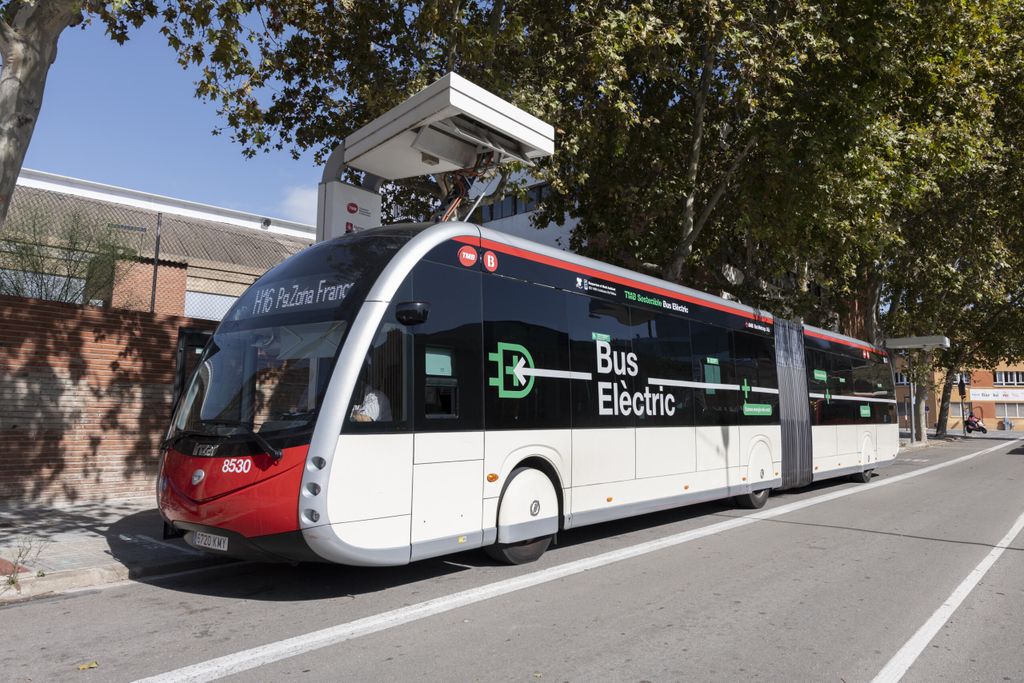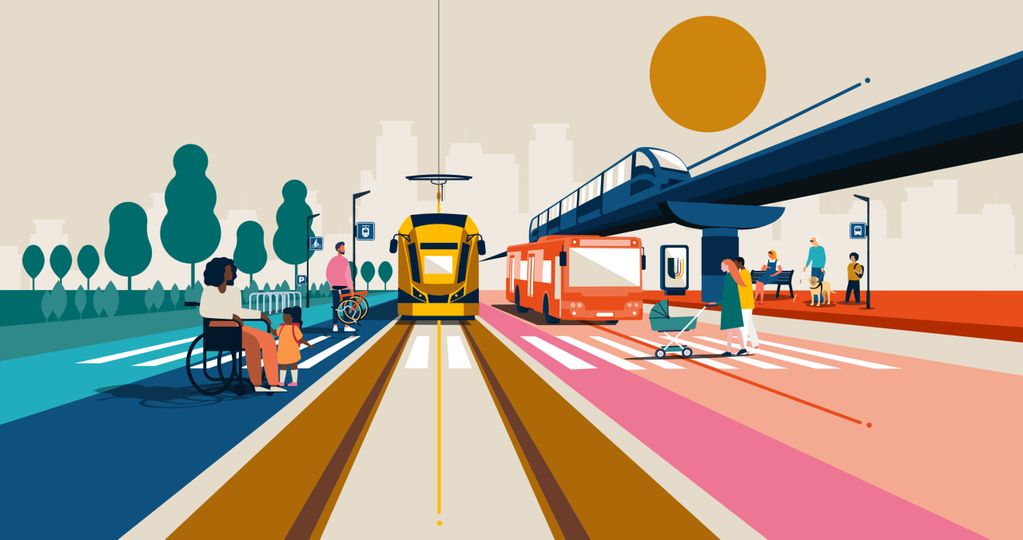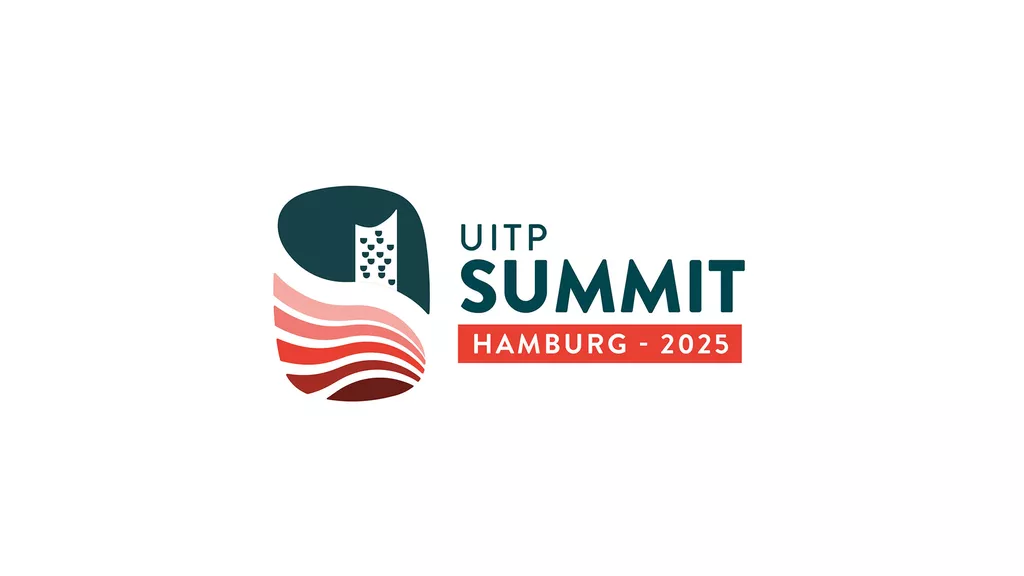
Moving forward: Is AI revolutionising the mobility landscape?
How can AI help you achieve your business goals? Find out in our new Action Point.
Over the past few weeks, we have been working to show you what the digital transformation of public transport looks like at this moment. With the launch of the ARIADNA project, we see how we can maintain a people-centric approach to digitalisation within the scope of Mobility as a Service (MaaS); we alsoSHOW how well our sector is preparing for the arrival of autonomous vehicles (AVs)with the launch of this new project.
Now, we turn our attention to another digital topic that has the potential to transform our sector: artificial intelligence (AI).
With AI being increasingly adopted by the public transport sector, and many organisations racing to claim the title of ‘leaders’ in AI, we thought it was about time to set the record straight on this technology.
We delve into 2020 with our latest Action Point, dedicated to challenging common misconceptions, tackling the challenges many face in our sector by providing key building blocks and recommended actions for various transport stakeholders. This publication is based on the findings from UITP Asia-Pacific Centre for Transport Excellence’s study on Artificial Intelligence in Mass Public Transport, co-funded by Land Transport Authority of Singapore.
“With many sectors investing in AI developments and solutions, it is critical for the public transport sector to review and investigate how AI can support the mission of providing seamless, safe and inclusive mobility.”
We are a sector that is drowning in data, whether it is customer surveys and requests or real-time information, organisations are receiving more information than they can process. AI has the ability to analyse large amounts of data, currently supporting organisations with operations management, fraud detection and customer analytics.
Yet, how does one simply adopt AI? Have you ever heard the phrase ‘think big, start small’? Often incremental changes, created by breaking down large plans into smaller tasks, can help with identifying gaps where AI solutions can add value to the process.
“Plausible AI solutions will revolutionise the mobility landscape.”
Complications occur when organisations heavily rely on AI, and underestimate the power of human presence and intervention. AI needs to be integrated, in line with a comprehensible long-term data management strategy, and an innovative and collaborative mind-set.
AI is becoming much more common place, and the sector is undoubtedly changing because of it. AI and Internet of Things (IoT) will be discussed in relation to other concepts such as Mobility as a Service (MaaS) and shared mobility at the upcoming IT-TRANS Conference and Exhibition.
Want to learn more on this topic? Register for the training on Artificial Intelligence in Public Transport!
become a member












